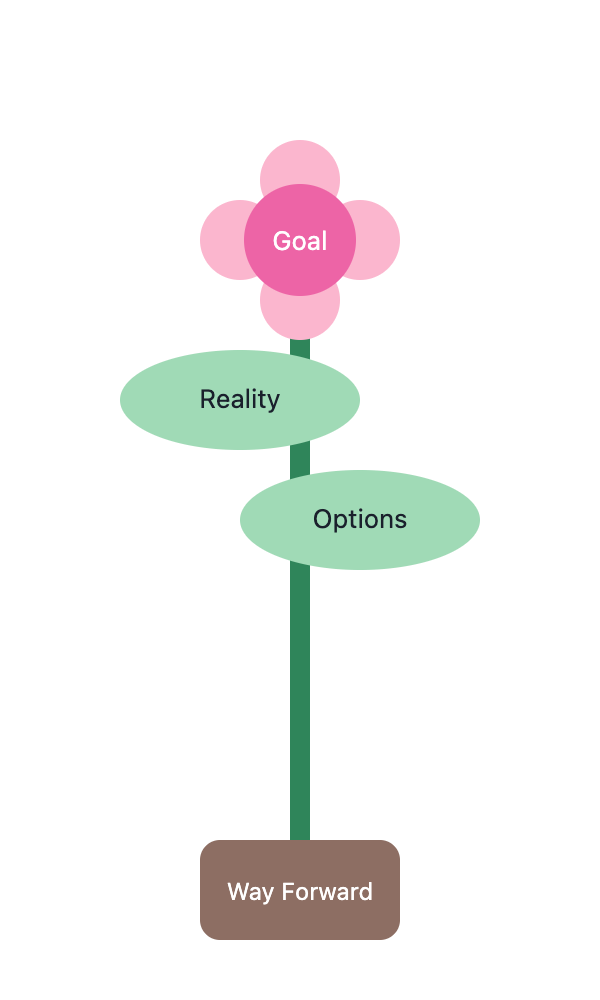Navigating the midpoint of organizational change is a pivotal moment for both leaders and teams. As an HR Business Partner (HRBP), your role is to act as a strategic advisor and trusted collaborator, providing guidance that is both empathetic and aligned with organizational objectives. By leveraging your expertise in organizational dynamics and people strategy, you help teams move from uncertainty to renewed momentum, ensuring that change is not only managed but truly enabled.
As an HRBP, maintaining a calm, advisory presence is essential. Build trust through partnership by practicing active listening, validating concerns, and positioning yourself as a resource and thought partner. For example, instead of saying, "That's just how it is now," you might say, "I hear that morale is a concern—let's explore together how we can support the team through this transition."
To structure your approach, consider using the GROW coaching model (Goal, Reality, Options, Will) to guide conversations with leaders:

This framework helps you facilitate solution-focused discussions and empowers leaders to co-create action plans, reinforcing your role as a strategic HRBP.
Every team’s experience of change is unique, so your support as an HRBP should be tailored. Offer coaching, resources, and interventions that fit the specific context of each leader and team. For instance, you might suggest, "Given your team's recent feedback, let's try a weekly check-in to surface concerns early and keep everyone engaged."
Help leaders balance immediate stabilization—such as clarifying roles or addressing workload issues—with actions that support long-term sustainability. For example: "Let's address today's workload concerns, but also set up a feedback loop so we can adapt as the change progresses."
A helpful framework for understanding and supporting people through change is the Bridges Transition Model. This model distinguishes between change (the external event) and transition (the internal, psychological process people go through). It outlines three phases:
- Ending, Losing, and Letting Go: People experience loss and may feel resistance or uncertainty as they let go of the old ways.
- The Neutral Zone: This is the midpoint, where the old is gone but the new isn’t fully in place. It’s often marked by confusion, low morale, and anxiety, but also by creativity and the opportunity for new ways of working to emerge.
- The New Beginning: People start to embrace the change, develop new identities, and build energy around new ways of working.

At the midpoint of change, most teams are in the Neutral Zone. As an HRBP, your support is crucial here: help leaders acknowledge the ambiguity, create safe spaces for open dialogue, and provide structure to help teams move forward. By recognizing which phase teams are in, you can tailor your interventions to address both the emotional and practical needs of the moment, while also preparing for a successful transition to the New Beginning.
The following dialogue illustrates Ryan, the HRBP applies a collaborative, advisory approach with Jessica, the Team Lead, during the midpoint of change:
- Jessica: I’m worried that the team’s energy is dropping. People seem confused about their new roles, and I’m not sure how to keep them motivated.
